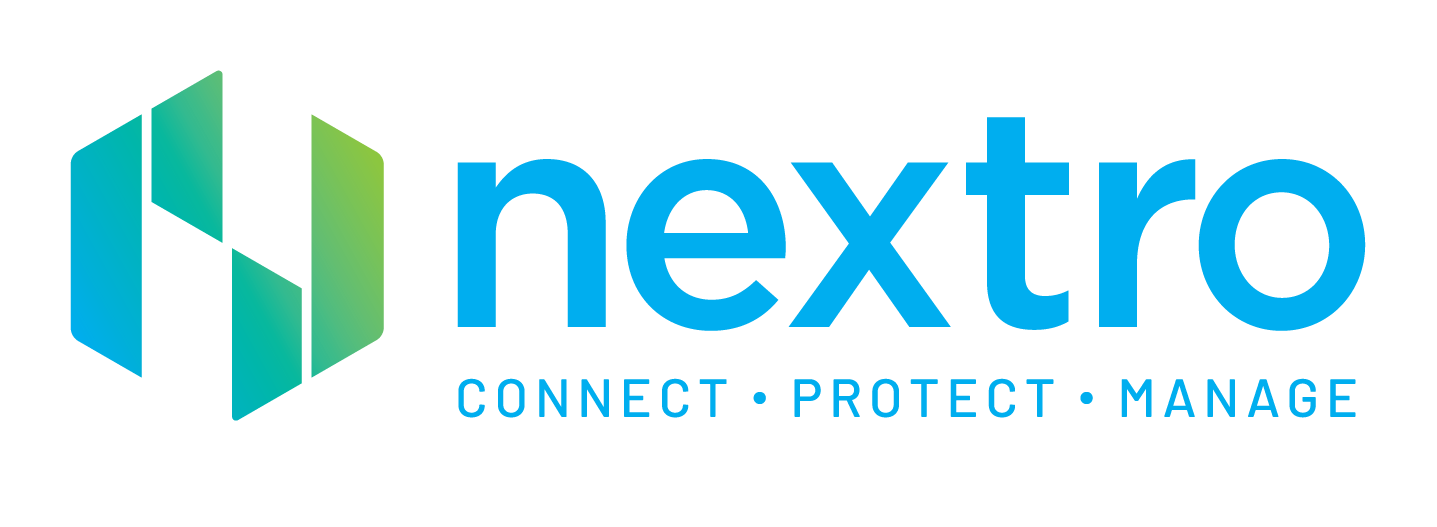Safeguarding your organisation: Prioritising Cyber Hygiene and Best Practices
As the world becomes increasingly digital, the risk of cyber-attacks on organisations is rising. Cybersecurity breaches can lead to severe consequences for companies, including substantial financial loss, reputational damage, and legal liabilities. To mitigate these risks, organisations must prioritise cyber hygiene and adopt best practices to safeguard their business operations and protect their valuable assets.
At Nextro, we understand that there are many ways to protect and upkeep your organisation’s system, data, and operations. In this article, we explore the importance of cyber hygiene and dive into the best practices to enhance your organisation’s cybersecurity defences.
Why cyber hygiene is vital:
According to the Cybersecurity Ventures report, cybercrimes will cost the world $10.5 trillion annually by 2025. Despite this alarming statistic, only 15% of businesses globally are adequately prepared to defend against cybersecurity threats. The lack of cyber hygiene is one of the main concerns contributing to this vulnerability.
Cyber hygiene encompasses the practices and procedures individuals and organisations employ to maintain the health and security of their digital systems and data. Just as personal hygiene is crucial for physical well-being, cyber hygiene involves taking precautions to prevent cyber hazards like malware, phishing attacks, hacking, and data leaks.
Now that you understand the importance of cyber hygiene, we will show you the best practices to keep your organisation safe.
1. Prioritise consistent user education
Verizon’s 2022 Data Breach Investigations Report reveals that 83% of data breaches involve a human element, such as social engineering or phishing attacks. Therefore, consistent user education is one of the most effective strategies for protecting your organisation against cyber attacks.
Establish a culture of security awareness by conducting regular training sessions for employees. Educate your employees about the importance of cybersecurity and how to protect sensitive data. Encourage practices such as securing devices, adhering to IT department approvals, and staying up-to-date with software and hardware best practices. Additional measures include:
- Implementing Multi-Factor Authentication (MFA) adds an extra layer of protection by requiring users to provide at least two forms of authentication to prove their identity, such as a password and a code sent to their phone or an authentication app.
- Enhancing password management: encourage using complex, unique passwords with a combination of characters, numbers, and symbols, and encourage regular password changes. A password manager can help your team to generate and automatically update robust passwords.
- Automating software and firmware updates: regularly update software and firmware to ensure the latest security fixes are in place. Automated health monitoring tools can simplify the update process and protect your organisation from vulnerabilities.
2. Detect suspicious communications
Social engineering attacks are growing increasingly sophisticated and difficult to detect. To mitigate risks, it is crucial to identify suspicious behaviour. The signs may include requests for shared or user passwords, financial or contractual information, personal details, unusual links or files, and suspicious phone calls.
Encourage employees to be vigilant and think before clicking on any links or messages. By maintaining a cautious approach, your organisation can better protect itself against cyber attacks.
3. Monitor network traffic and implement intrusion detection systems
Deploy network monitoring tools to detect suspicious activities and points of weakness where attackers could gain access and cause breaches. Vulnerability scanners and intrusion detection systems can provide real-time alerts for immediate response to potential threats.
4. Implement a supply chain risk management strategy
Your organisation’s cybersecurity is not only at risk from direct attacks but also through vulnerabilities within its supply chain. Collaborating closely with partners and vendors is essential to understand their data and privacy protection policies. Establish a supply chain risk management strategy that regularly monitors and tests suppliers. Consider implementing processes to verify vendor due diligence and contractual language that outlines the supplier’s cybersecurity responsibilities.
5. Establish an incident response and management strategy
Develop comprehensive incident response plans and management strategies to address potential cyber incidents. These documents should include clear guidelines on reporting incidents, isolating affected systems, and restoring operations efficiently, creating a plan that will offer clear direction in a future crisis.
6. Regularly review and update security policies
Continuously assess and update your organisation’s security policies to align with evolving cybersecurity threats and industry best practices. This ensures that your security measures remain effective and up to date.
At Nextro, we understand that maintaining strong cyber hygiene is a continuous effort in multiple areas – including but not limited to hardware solutions and human behaviour. We keep ourselves informed about evolving cybersecurity threats and offer up-to-date security solutions to ensure our clients’ long-term safety.
For more information on how Nextro can help your company, please get in touch here.
